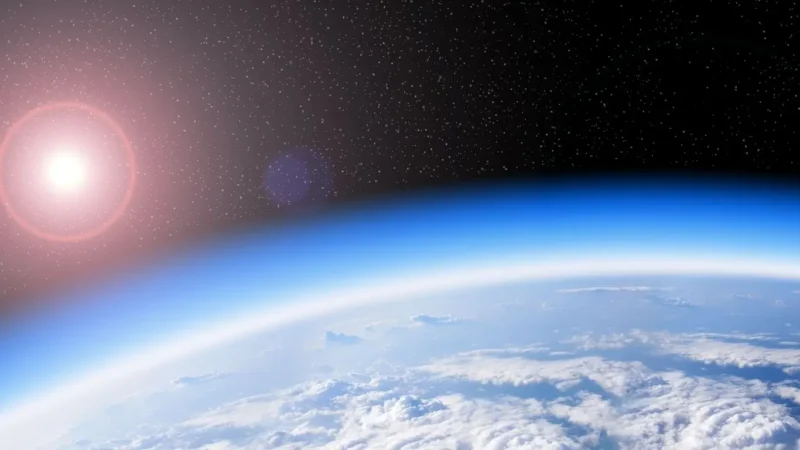Nearly forty years after the adoption of the Montreal Protocol on the protection of the ozone layer, significant progress has been made, but the mission to restore this shield of the planet seems far from complete.
Since the publication in 1985 in the scientific journal “Nature” of the foundational study that documented massive ozone loss in the southern spring and underscored the urgency of a multilateral response, science has refined its diagnostics and analytical tools.
The numerous reports that followed are clear: healing is contingent upon strict adherence to commitments to reduce substances that deplete the ozone layer, particularly chlorofluorocarbons (CFCs) and hydrochlorofluorocarbons (HCFCs), as well as effective monitoring of residual emissions and CO2 stocks.
As the world celebrates International Ozone Day this Tuesday under the theme “From Science to Global Action,” it becomes evident that increased collective efforts must still be deployed along the path to mend this open wound in the sky.
Indeed, the thinning of the ozone layer poses major risks to the planet and human health: it allows more ultraviolet (UV) rays to pass through, increasing cases of skin cancer and cataracts while weakening the immune system.
It also threatens marine ecosystems, undermines crops sensitive to UV, and exacerbates climate change, thus intensifying the already significant pressures on environmental balances and food security.
While joint assessments from the United Nations Environment Programme (UNEP) and the World Meteorological Organization (WMO) describe a gradual recovery of stratospheric ozone, a return to pre-1980 levels is not expected until the middle of the century, provided that the momentum observed thus far is maintained.
A relaxation in the monitoring of ozone-depleting substances (ODS) risks prolonging the period during which the ozone layer remains vulnerable, potentially undoing much of the progress made in this regard.
According to Brahim Abouelabbas, an environmental issues expert, the latest UN reports indicate a gradual recovery of the atmospheric canopy thanks to efforts made within the framework of international cooperation and adherence to agreements signed in this area.
However, this finding should be approached with caution, he warns in an interview with MAP, explaining that the pollution sources contributing to ozone depletion have yet to be eliminated, including fossil fuels used in air, sea, and road transport.
He adds that industrialized countries, which significantly contribute to harmful atmospheric emissions, have not yet taken effective measures to significantly reduce their environmental footprint and ensure a transition to eco-friendly technologies.
Conversely, Mr. Abouelabbas emphasized that citizens and civil society have a crucial role to play in the preservation of the ozone layer, particularly by adopting responsible consumption practices, supporting clean energy, and limiting the use of harmful environmental products.
While the protection of the ozone layer remains one of the few examples where international cooperation has yielded results, there is hope that multilateralism will establish concrete global policies aimed at restoring the sky and preserving the climate, resolutely.
MAP Ecology


